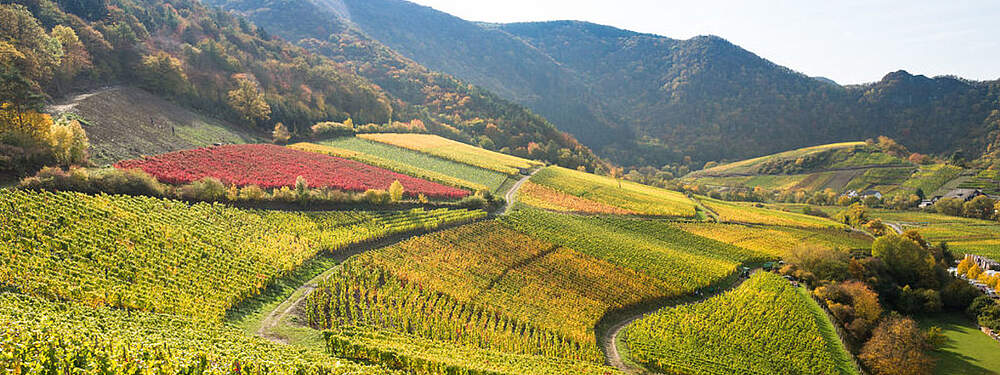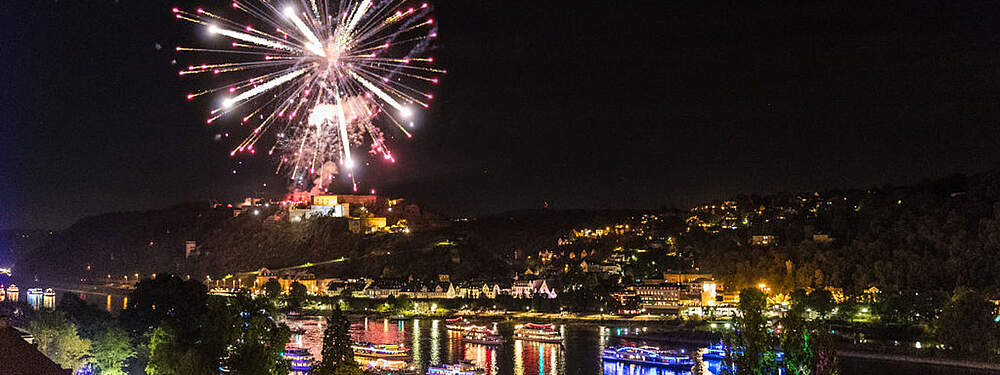Cultural diversity
Did you know that even people from ancient Rome resided in Rhineland-Palatinate?

The oldest city of Germany lies in Rhineland-Palatinate. Trier was founded in 16 B.C. as a Roman colony under the name of Augusta Treverorum. Until today, buildings of the Roman constructors can be admired here. Apart from the Imperial Thermal Baths, an amphitheatre and the Basilica of Constantine, Trier is also home to the Porta Nigra – the best-preserved Roman city gate north of the Alps. And that is not all: Evidence of ancient Roman influence can be found anywhere in Rhineland-Palatinate. In the north of the state there are replicas of the Limes, the wall that used to function as the frontier of the Roman Empire. It stretched along the Rhine all the way into the Westerwald.

Enjoying wine at the Rhine and Moselle
If you are looking for cultural diversity, you will certainly find it in Rhineland-Palatinate. Explore small medieval towns, linger inside fairytale-like castles or enjoy romantic views of the Rhine and the Moselle. Alternatively, the region’s numerous vineyards invite you to have a taste. Rhineland-Palatinate is the national leader in winegrowing. Around 6,500 businesses produce their wines in the regions of Rhine Hessen, Ahr, Moselle, Nahe, Middle Rhine and Palatinate. This accounts for nearly 65 percent of the nationwide harvest – not bad.

Cultural highlights from the region
Fastnacht (Shrove Tuesday) or Fassenacht (Carnival)? The names for carnival in Rhineland-Palatinate vary from region to region – the silly hustle and bustle they refer to remains the same. The people of Rhineland-Palatinate celebrate their carnival with festive sessions and colourful parades. Even though carnival season ends in mid-February, the state will remain vivid. At Rhein in Flammen (Rhine on fire), thousands of people will flock to the Middle Rhine Valley to marvel at the numerous fireworks being ignited along the river. In the Eifel region, the Nürburgring attracts with racing and musical highlights.



